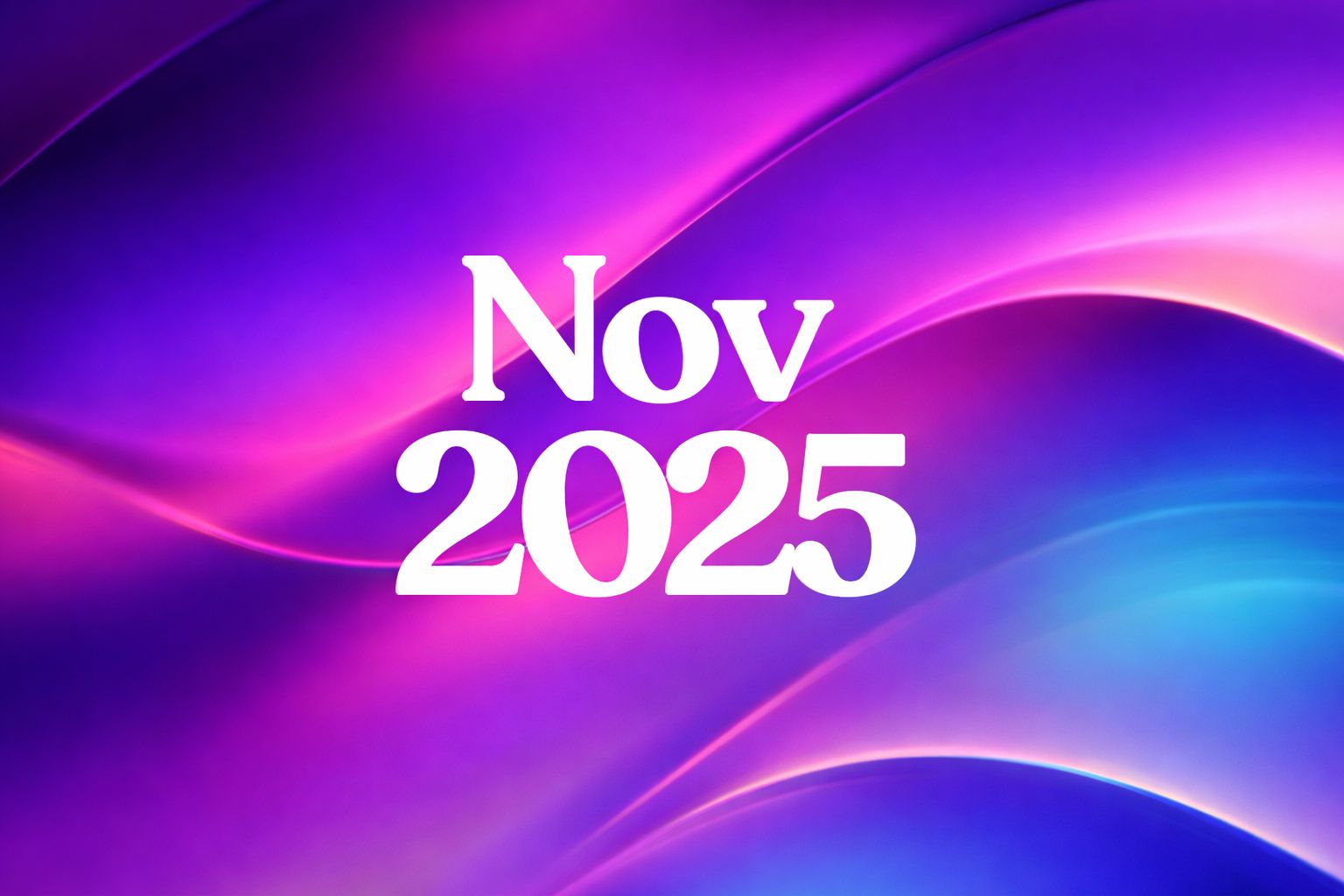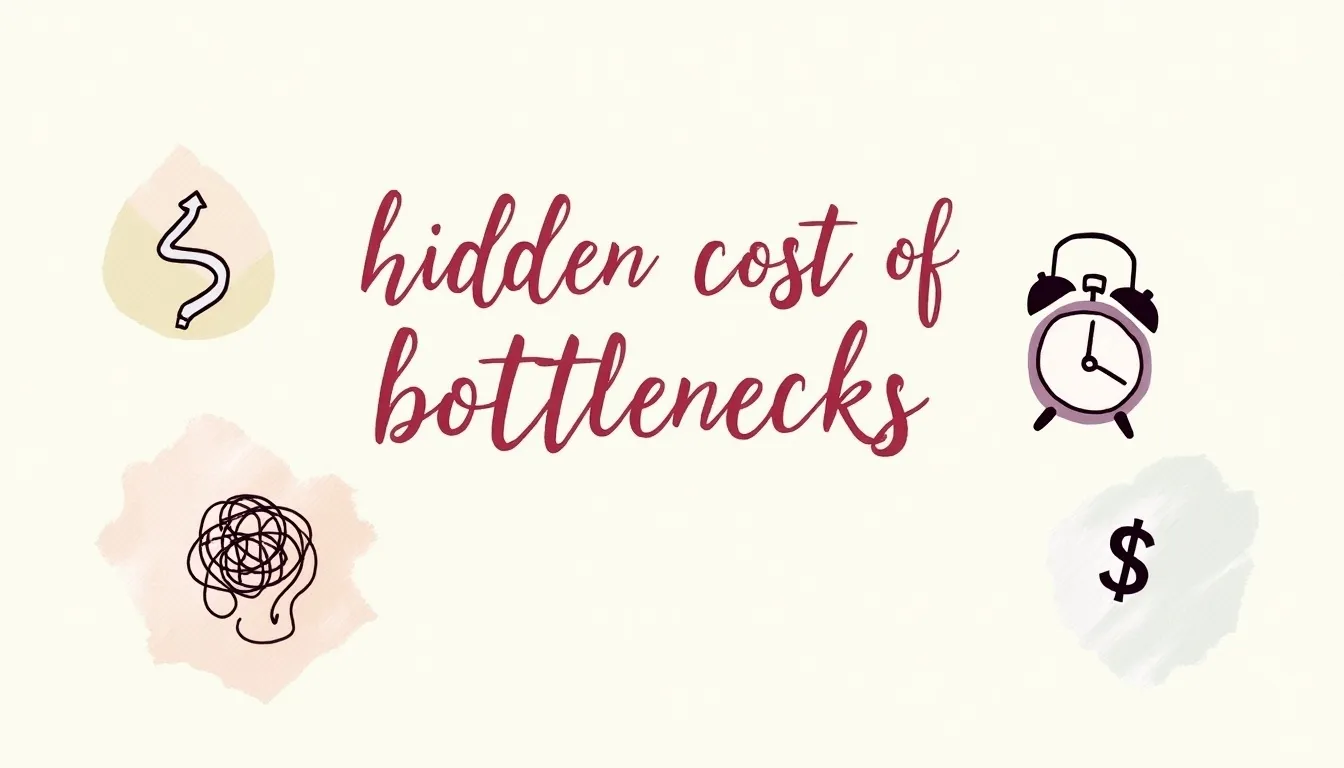Did you know 94% of first impressions are based on visual appeal? That’s the power of graphic design. Incredible designs don’t happen overnight; they require high focus, in-depth understanding of the task, expertise in the graphic design process & creativity. A skilled graphic designer keeps up with the ever-changing market & makes the designs very engaging to the users.
In this article, we’ll discuss the 5 essential graphic designer process steps to help you create standout designs. If you’re a newbie looking to break into the field, we’ve got tips for you too.
Take a look!
The Essential Graphic Designer Process Steps
With every project, graphic designers go through these phases listed below.
- Collecting project information.
- Brainstorming Creative Ideas.
- Be creative.
- Reviewing the work as per the client’s needs.
- Adding the finishing touches.
When the graphic designer coordinates with the client, these steps can produce the best outcomes. By doing so, the designer gets informed in detail & understands exactly what the client’s needs are.
Let’s dive deeper into each of these steps to understand the stages of the graphic designer process.
Collecting Project Information

Before starting the project, the graphic designer must know the graphic design task, client expectations, payments, etc. Having a solid creative brief sets the tone for a successful project.
It’s best to discuss the project information in real-time. The way to go is to meet the client in person or via online collaboration tools. Doing so makes it easy for you and your clients to respond to design-related inquiries.
The graphic designer process consists of asking questions related to the target audience, message, pricing, budget, dimensions, deadline, etc., from the client so they can refer to them throughout the project.
Researching your competitors or people in the same industry might also help perfect a graphic design project.
Brainstorming

Brainstorming is a key step in the graphic designer process. Graphic designers need to brainstorm different creative ideas to have a smooth workflow. After getting the briefing from the client, the graphic designer or the design team needs to work on ideating the project.
Graphic designers can also reach out to different design forums or related social media groups for ideas & inspiration.
Brainstorming tips for graphic designers:
- Use tools like Miro or MindMeister for mind mapping.
- Explore design forums, Pinterest, or Behance for inspiration.
- Don’t shy away from unusual ideas—some of the best designs come from thinking outside the box.
- Don’t be self-conscious.
- Look outside for inspiration.
- Be transparent.
- Be honest.
- Question the creative brief.
- Play word games for idea generation.
- Take a break when needed.
Remember, brainstorming is about exploring possibilities without judgment. Once you have your ideas, narrow them down to the most promising ones. In the free-thinking brainstorming sessions, the team can come up with very unique & creative ideas for the project.
Be Creative

A graphic designer’s work must be new & unique! It needs good skills & creativity. Using the client’s favorite pieces as a guide to working on your next project might be a good idea. However, the designs should be unique and your own. The graphic designer process consists of creativity.
To harness creativity, it might be helpful for you to read a book, take a walk, or draw something you like. Creativity hits differently for everyone. Once creatively charged enough, you can start working on the sketches & wireframes.
Create a few simple hand-drawn drawings of the piece’s arrangement before proceeding with a professional application like Adobe Illustrator, Figma, or InDesign. It’s a good idea to show your customer your basic concepts before spending too much time on design to see whether you’re on the right track.
Quick Tips for Sparking Creativity:
- Take breaks to recharge your mind—go for a walk or read a book.
- Experiment with different layouts, colors, and fonts.
- Share rough drafts with the client early to ensure you’re heading in the right direction.
Creativity thrives in a free-flowing environment. Stay open to inspiration and trust the process.
Reviewing your work

Next on the list of graphic designer process steps is reviewing your work.
Once you’ve presented the rough work to the client & they like it, you need to start designing. Graphic designers should consider the client’s needs & work accordingly on the design.
Project managers should check the project at the crucial points to give designers feedback at the right time. Project managers must be able to properly guide the designers to fulfill the task as required by the client.
The graphic designers must be able to keep their pride aside & work on the design project per the client’s briefings.
Best Practices for the Review Phase:
- Seek feedback at key milestones to avoid major reworks later.
- Be open to criticism, as the design is about the client’s needs, not yours.
- Use collaboration tools like ClientPortalOS, Slack, or Google Drive to manage revisions.
The more thorough your review process, the more polished and effective your final design will be.
Adding The Final Touch

In the last step of the graphic designer process, the designer adds some final touches to the graphic design. Coordinate with the client and make all the micro changes requested by them. This might include changes in color, slight font changes, background color changes, or something else.
These minor changes might go on for a couple of rounds before the client is satisfied. Do as your client asks, but do lend a few suggestions; after all, the client has hired you for your expert opinion, so don’t be afraid to say things if you feel they might work better for the design.
Additional Tips for the Final Phase:
- Double-check for alignment and consistency in elements.
- Export files in the required formats (e.g., PNG, PDF, SVG).
- Share suggestions with the client if you feel certain changes could enhance the design further.
Breaking Into the Graphic Design Industry
If you’re new to graphic design, here’s how you can kickstart your career:
- Learn the Basics: Take online courses on platforms like Coursera or Skillshare and read informative blogs.
- Build Your Portfolio: Start with personal projects or freelance work to showcase your skills. If you need inspiration, you can check out the work done at Draftss.
- Intern with Agencies: Gain hands-on experience by interning at graphic design firms.
- Network: Join design communities on LinkedIn or attend local meetups to connect with professionals.
If you follow these graphic designer process steps, they may be of great help to your next graphic design project.
Remember, the design is not about you but the client. They are paying you to put across their message via the graphic design. If you have suggestions, try to put them politely without getting egotistic or loud. Graphic design is a rewarding field, and with practice and persistence, you can make your mark.
Did you find this article helpful? Please do let us know in the comment section. You can read more of our articles on our blog page.





















